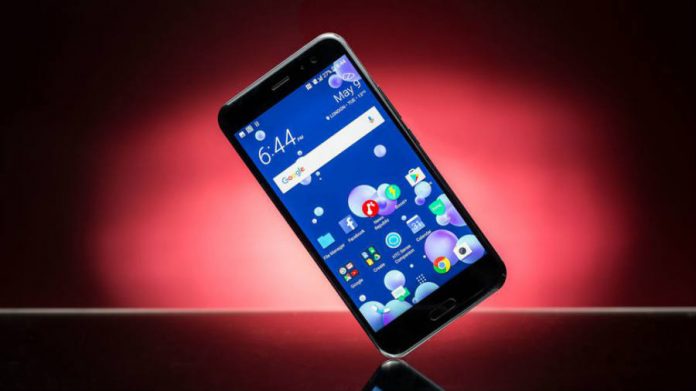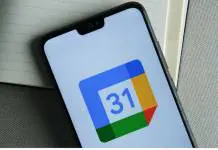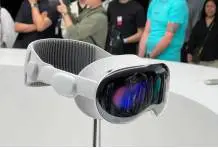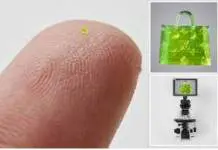
HTC launched its latest flagship, the U11, worldwide last month. It has some notable features, including the new Edge Sense technology built right into the phone. It costs $649 from Sprint in the U.S. but HTC is selling the unlocked U11 on Amazon for just $599.
The latest flagship by HTC packs high-end specs like a Snapdragon 835 chip, 4 GB of RAM and 64 GB of expandable storage. The main UltraPixel 3 12 MP camera is one of the best in the market, and its remarkable design with liquid glass back panels features vibrant and rich colors.
While the new U11 does many things right, it still has its shortcomings. HTC has fallen behind in the innovation race, and it shows when users get more engaged with the software of the device. Here is everything that could be better about the U11.
HTC U11’s Sense UI is clean but uninspired
HTC, like many other manufacturers of Android devices, puts its own skin on top of Google’s mobile OS. In past days, the company’s Sense UI suffered from a bit of preloaded bloatware and some questionable design choices. Now, though, it is near stock Android and it offers one of the cleanest experiences in the market.
However, this has been the case for some time already, and for a company that could very much use a bump in sales and prominence, the user interface should be a place where to look for improvement.
Many users are grateful to have an uncluttered home screen and app drawer, but when your devices have looked virtually the same for the last couple of years, you cannot blame people for looking elsewhere. That is, of course, on top of the everlasting issue of whether the U11 will support Android O upon launch or not.
HTC U11’s Sense Edge technology is gimmicky at best
Not everything is dull and unchanged when it comes to HTC though. The Taiwanese giant introduced a key feature designed to work precisely with the U11: Edge Sense. This software-hardware option lets users squeeze the sides of the phone to trigger actions on-screen, launch apps, take pictures, and more.
It is a step in the right direction, as many have noted, but early reviewers have complained that functionality is pretty limited at the time and the feature falls short of its potential, coming off as gimmicky instead.
HTC recently released a video showing some more options coming to Edge Sense, and it invited users to share what they would like to do with the feature. Some are very useful, like shutting off a ringing alarm without looking at the screen, but others like zooming in on a photo are inaccurate and not too necessary.
The Sense Companion on the HTC U11 misses the point
Finally, HTC has jumped on the virtual assistant wagon and packed in its own on the U11. It is called Sense Companion, and for what it’s worth it seems like companion is a very spot-on name.
HTC’s take on smart technology for phones is based on intuitive notifications that will pop up from time to time as the system learns from users and their activities. Some of these are strictly related to device performance, while others step into the realm of actual help by suggesting useful actions.
It is nothing noteworthy, but the main issue is that it falls on two extreme ends of a spectrum. Sense Companion can launch too often and turn a little annoying or it can be mostly absent and pop up only to tell you that you should charge your U11.
There is certainly room for improvement and HTC was once one of the top powerhouses making Android devices. Refining some of these features and appealing to a broader market might end up bringing them back to the race with Samsung and Google.
Source: HTC
(CORRECTED)











What a joke of an article!!! Except the display, everything else seems right with the best phone of 2017!!!!